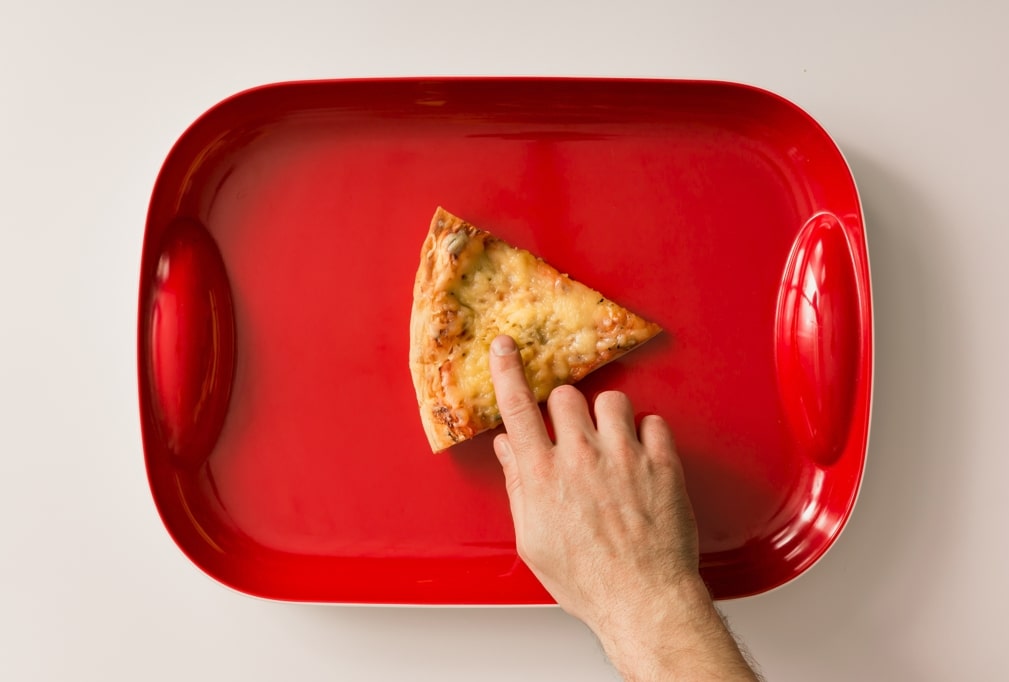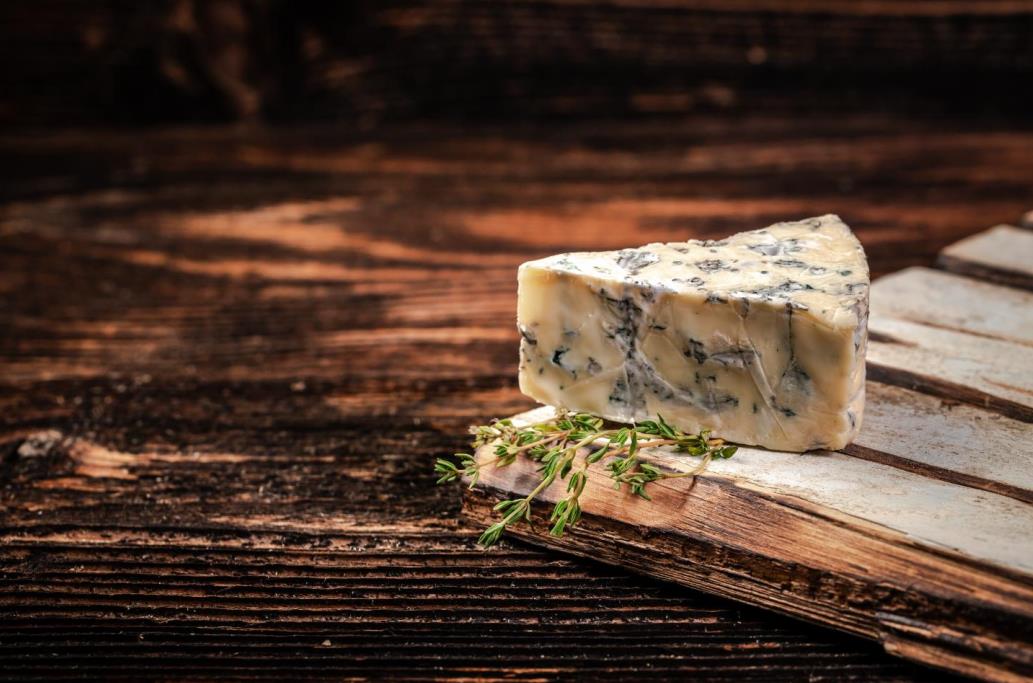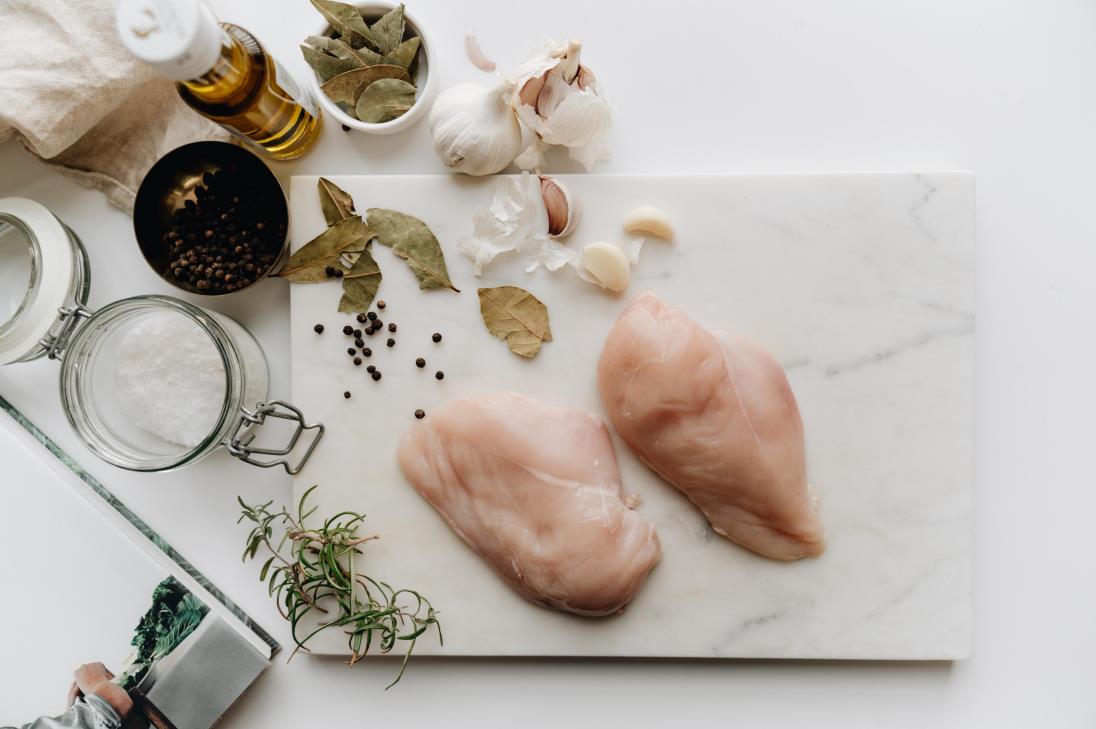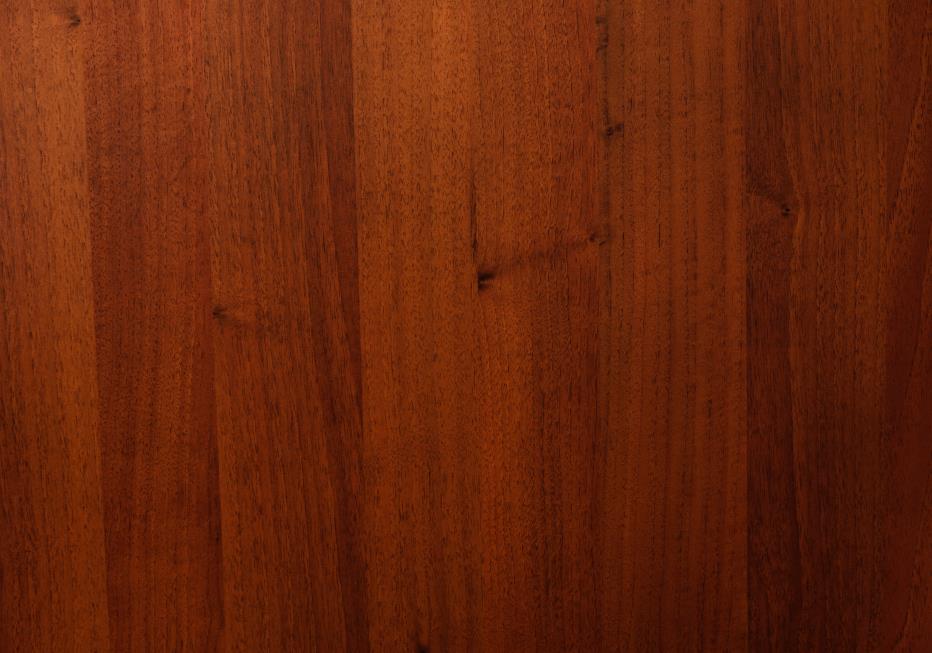The best wood for a cutting board material is hard enough to withstand repeated chopping and cutting motions during food preparation. The wood should resist moisture and bacteria build-up and be easy to clean and maintain. One that has the aesthetics to match your kitchen decor and doesn’t dull your knives is ideal.
In many wood use cases, sapele is an excellent choice. It’s stronger and often used to make doors, frames, and countertops. But is sapele good for cutting boards?
Sapele is a hardwood with a Janka hardness rating of 1,410 lbf, which is ideal for a cutting board. The wood is hard enough to withstand the rigors of frequent kitchen knife use but soft enough that it doesn’t make them dull. Moreover, the sapele’s dark reddish-brown heartwood and fine uniform texture with interlocked grain give it the aesthetic appeal of a modern kitchen.
This article examines sapele wood and its suitability as a cutting board material. We’ll cover its characteristics and compare it with other wood options for making cutting boards.
Table of contents
What is sapele wood?
Sapele is a tropical hardwood tree native to West Africa, particularly Sapele town in Delta State, Nigeria. It’s also common in the Ivory Coast and Cameroon, spreading eastwards to Congo-Zaire and Uganda. Sapele’s species is Entandrophragma cylindricum, part of the Meliaceae family, which also houses genuine mahogany.

The tree grows to an estimated height of about 45 meters (148 ft.) and a diameter of 1.5 meters (5 ft.), which is ideal for many woodworking applications. Part of what makes this wood stand out is its color. The heartwood can be golden brown and sometimes appear dark reddish brown. Interestingly, the color darkens with time, giving the wood a dark radiant shade.
Sapele wood often features interlocked grain patterns, but it can be wavy in some trees. The texture is uniform and boasts a good natural luster. Because of the interlocked grain pattern, machining the wood isn’t easy. Also, sapele wood is diffuse-porous with relatively large pores spaced normally throughout the endgrain.
Over the past few years, sapele wood has quickly gained popularity among woodworkers who prized it for its lustrous color iridescence. After CITES classified genuine mahogany as an Appendix II listed species, sapele became the perfect alternative. A CITES Appendix II species means that although the wood isn’t facing extinction, there’s a need for trade control to limit utilization that isn’t compatible with survival.
As such, sapele found use in so many woodworking projects, including making cutting boards.
Sapele wood characteristics
To better understand the suitability of Sapele as a cutting board material, let’s look at some of its characteristics.
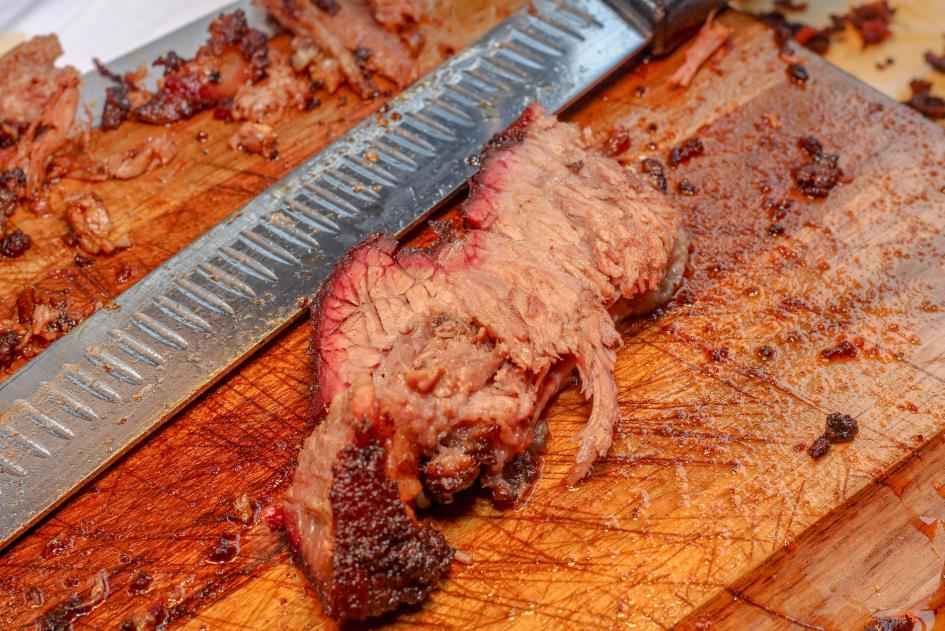
Hardness
Wood hardness measures its resistance to indention, dings, and wear. The best way to measure it is to use the Janka hardness scale. Sapele has a Janka hardness rating of 1,410 lbf. Typically, the ideal wood hardness for a cutting board material ranges between 900 lbf and 1,500 lbf.
Anything below this range means the wood isn’t hard enough and will easily scratch, dent or chip due to frequent knife use. Such scores and crevices form the perfect breeding ground for bacteria by allowing the absorption of food particles and liquids into the surface. Above the range, the wood is too hard and may quickly dull your kitchen knives.
Sapele falls within the agreeable range, meaning it can withstand heavy use without dulling knives. And because no dents form, we can consider the wood food safe.
Grain structure
Grain structure refers to the arrangement of pores and fibers in wood. Sapele has a fairly close interlocked grain pattern, offering a good natural luster. Its pores are relatively large compared to other woods and, in most cases, don’t have a specific arrangement. Occasionally you’ll see reddish-brown deposits between the normally spaced pores.
An ideal wood-cutting board should feature a tightly packed grain structure, which isn’t the case for sapele. However, the spacing between the pores isn’t so obvious that it affects the overall quality of the wood. With proper wood finishing, sapele wood not only becomes resistant to moisture but also adds to its beauty.
Temperature and moisture resistance
Wood, like any other matter, expands and contracts due to temperature and humidity changes. Exposure to the extremes of these elements can cause the cutting boards to crack or warp if they aren’t stable enough. As such, wood with enough dimensional stability is the most ideal for use in cutting boards.
Sapele stands out as one of the most temperature-resistant woods. The wood has a durability class 3 to 4 rating meaning it can withstand external elements like heat and moisture. As such, it’s also rot-resistant. Its interlocked grain pattern adds to its dimensional stability, meaning it won’t easily crack or warp when exposed to moisture and heat.
Food safety
You should always prioritize food safety when choosing a cutting board material. A food-safe wood does not contain toxic elements like tannins or quickly develop scratches or dents that form breeding grounds for bacteria. We’ve already established that sapele doesn’t crack or dent easily, meaning food contamination on the wood surface is impossible.
Also, sapele doesn’t contain toxins that could potentially harm you. While the large pores on the wood often cause a debate regarding food safety, most manufacturers do an excellent job finishing sapele cutting boards with food-safe glue. Therefore, the large pores shouldn’t be a cause for alarm.
Highly aesthetic
Nobody wants an ugly cutting board in a kitchen. Besides the practical use of chopping, you also want a board that’s beautiful enough to use as a serving platter for guests. One that isn’t an eyesore, alongside other kitchen utensils, is ideal. Sapele makes very aesthetically pleasing cutting boards.
The strong and dense wood has an attractive dark reddish brown color that can sometimes be golden. Its natural luster and uniform texture make it an exciting addition to any kitchen. Plus, the wood darkens to a radiant dark brown hue as it ages, so it remains vibrant even with prolonged use.
Maintenance
You must always follow wood-cutting board care instructions if you want your board to last long enough. These instructions include cleaning the board after every use with mild soap and water, oiling the board with food-grade mineral oil every month or two, and properly storing the board.
Maintaining sapele, like any other hardwood, is relatively easy. Because the wood doesn’t chip or crack easily, you can wash it with running water and soap, and it will be clean in no time. The wood isn’t particularly oily, so frequent oiling is a must to ensure it looks its best.
Handpicked for you
True cutting power in the palm of your hand
Is Sapele good for cutting boards?

From the above characteristics, it’s clear that sapele is one of the best wood for cutting boards. It’s an excellent material, boasting high hardness that ensures its durability and beautiful color for aesthetics. The board is gentle on knives ensuring they remain sharp even with repeated use. What’s more sapele wood is food safe and highly resistant to temperature and moisture changes.
Sapele vs. other wood options
The following is a detailed comparison of sapele with other wood-cutting board options.
Sapele vs. acacia
Sapele and acacia are hardwoods, so they both make durable cutting boards. However, acacia is a relatively harder material with a Janka hardness rating ranging between 1,500 lbf and 2,000 lbf.
Because of the high hardness levels of acacia, it’s likely to dull your knives much faster than sapele. Also, both have breathtaking colors, but sapele is more attractive with its dark red-brown color that further darkens with age.
Sapele vs. mahogany
Sapele and mahogany are of the same Meliaceae family. Similarly, both are hardwoods, but mahogany has a lower Janka hardness rating ranging between 800 lbf and 850 lbf. As such, mahogany isn’t an ideal cutting board material because it will easily develop dents and marks from frequent knife use.
Moreover, mahogany isn’t as rot-resistant as sapele, but like sapele, it has high dimensional stability that protects from warping and cracking.
Sapele vs. walnut
Walnut is one of the most durable woods and a perfect fit for cutting board materials. With a Janka hardness rating of 1,010 lbf, it isn’t as hard as sapele, but it falls within the desired 900lbf to 1,500lbf range. As such, it’s hard enough to withstand the rigors of sharp knives but soft enough that it won’t make them dull.
Closing Thoughts
Conclusively, sapele is one of the best cutting board materials. This wood has all the features any serious chef would wish for in a cutting board. Not only is the wood gentle on knives, but it’s also food safe, and its color and texture make it a perfect aesthetic addition to any kitchen. We are confident that with this information, you can better understand what to look for in a cutting board.
If not, our HDMD kitchen tips category has more articles discussing different wood options. And when you finally settle on a board, don’t forget to check out our HDMD store for exciting offers and discounts on high-quality handmade kitchen knives.








